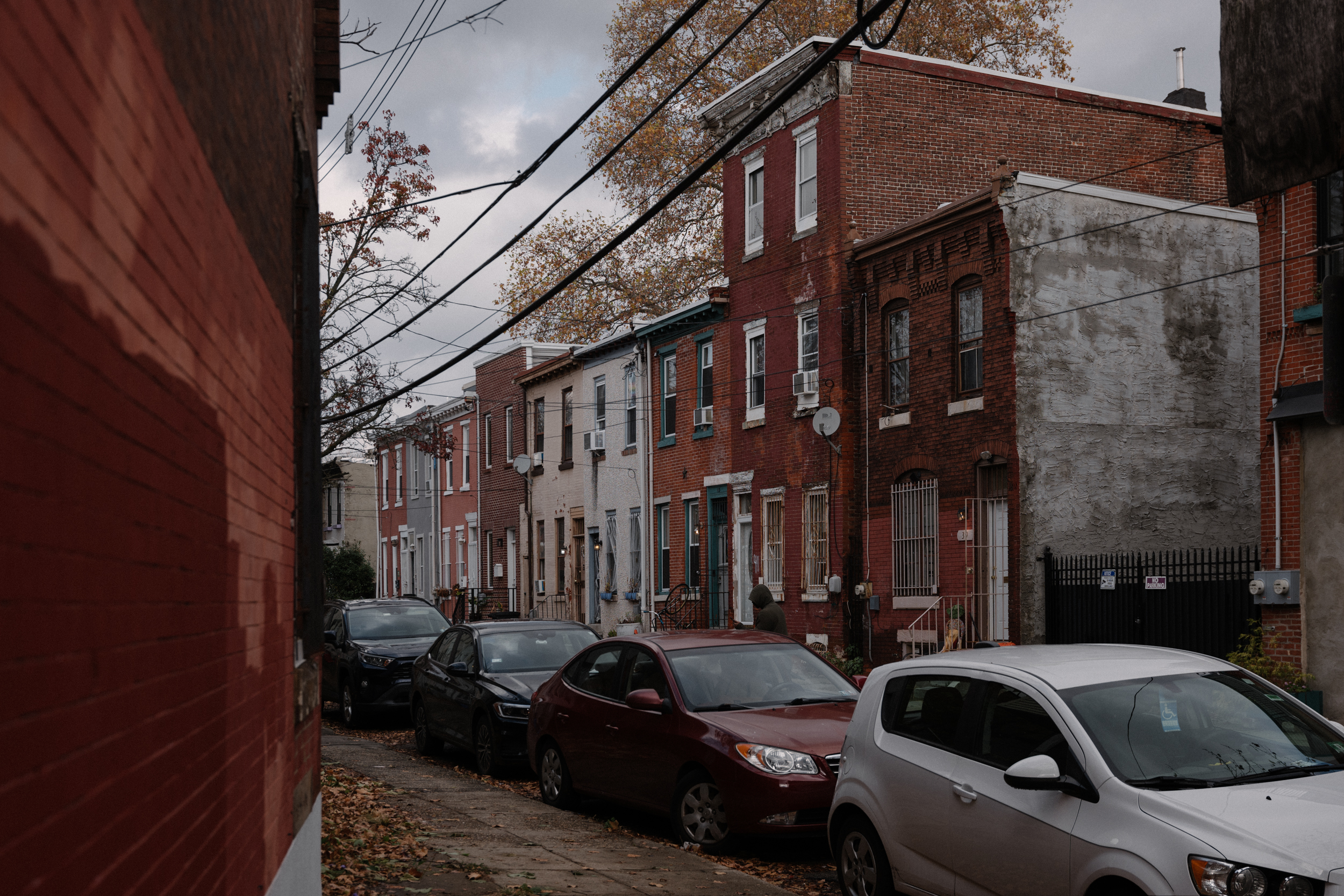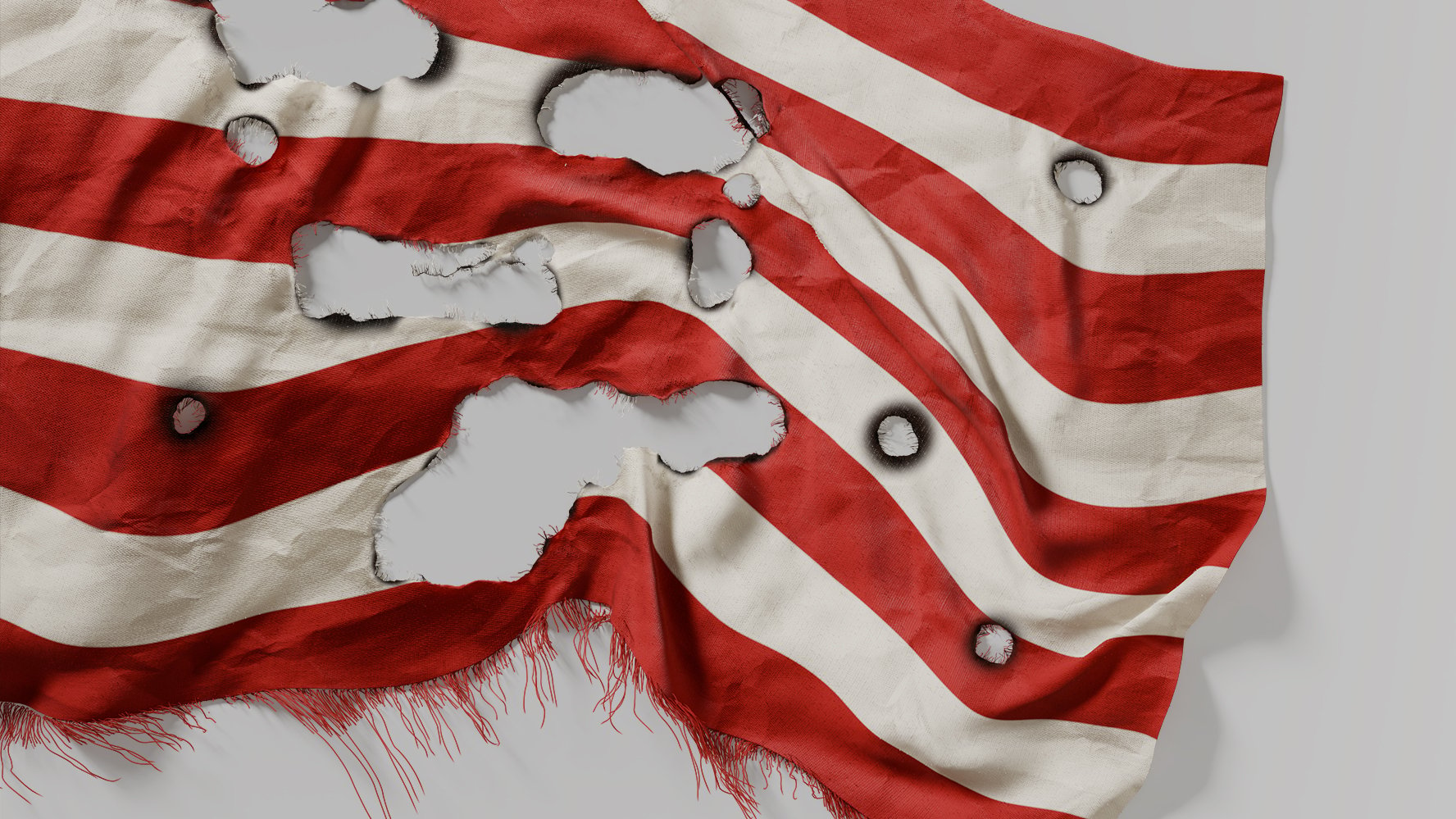The year 2024 opened with considerable progress against the scourge of gun violence. The pandemic spike in shootings had abated. The National Rifle Association, which has pushed policies that drove the increase in firearm ownership and its attendant rise in shootings, was in disarray, and on trial in a Manhattan courthouse. In 2022, President Biden had signed the most significant package of laws to address gun violence in a generation, and had matched his congressional effort with executive action.
By the end of the year, it was clear that despite some progress, America’s battle with gun violence is far from over, and has likely entered a more difficult phase. With the return of Donald Trump to the White House and the slow remaking of legal precedent in the wake of the Supreme Court’s 2022 Bruen decision, next year promises to be a bumpy one, particularly for the communities that have not yet recovered from the spike in gun violence that accompanied the arrival of Covid-19.
What did we learn on the gun violence beat in 2024, and what might it tell us about where we’re headed?
The Landscape Is Different, but America’s Strong Relationship With Firearms Persists
As Mike Spies wrote in his coda about former NRA chief Wayne LaPierre, after a jury found him liable for misuse of the nonprofit’s funds, the gun rights movement has transformed America. And as explored in In Guns We Trust, our podcast series with Longlead, anchored by senior newswriter Jennifer Mascia, our gun problem runs broad and deep.
That’s particularly true in the communities that bear the brunt of the problem: In The Lost Children Of North Minneapolis, Selin Thomas depicted the layers of devastation after three of the community’s children were shot in the head by stray bullets in a single month.
America’s Gun Violence Problem Isn’t Necessarily What You Think It Is
Our team analyzed a decade of data collected by the Gun Violence Archive and unearthed some important points that do not match what people see in the media. For instance, headlines often give the impression that schools are rife with gun violence and that shootings are an urban problem that’s poorly handled by liberal mayors. But a careful look at the numbers found that schoolchildren may be at higher risk right outside the schoolhouse gate, in the communities where they play and sleep every day. Also, a resident of Selma, Alabama, is more likely to be shot than a resident of Chicago, a city often associated with gun violence.
Speaking of Chicago, when Trace reporter Rita Oceguera scrutinized city data, she discovered that, even as there are fewer shootings, each person who is shot is more likely to die than they were 13 years ago. Oceguera also explored the effects of this increasing deadliness.

Gun Policy Is Increasingly Set by Courts
To understand the shifts wrought by the U.S. Supreme Court’s 2022 Bruen decision, we delved into the data. Chip Brownlee built a tracker of all the cases that cite Bruen and has pulled out some important points, including the disproportionate number of cases that challenge the ban on firearm ownership by felons and that judges who rule on these cases display partisan preferences in the aggregate.
Gun Rights Groups Know This
Over the summer, in partnership with Mother Jones, staff writer Will Van Sant exposed the multimillion-dollar covert operation aiming to abolish gun laws across the country — all while keeping the sources of its funding hidden from the public. At the center of this effort is a former undercover cop turned evangelical pastor.
… and They Are Cherrypicking Facts For Lawsuits With Huge Repercussions
By digging into the details of a lawsuit designed to overturn red flag laws, which were once heralded as a bipartisan compromise to stop mass shootings, senior writer Mike Spies showed that the gun rights movement is willing to recast a veteran with mental health issues and decades of conflict with his neighbors as a paragon of Second Amendment virtue.
For the second part of his three-part series published with Rolling Stone, Spies unearthed a devastating story of a domestic killing of an NRA staffer — someone who might have been saved by a red flag order, which the NRA now vigorously opposes.
Finally, Spies investigated how the demographic that is most resistant to red flag laws might have the most to lose: Earlier this year, Wyoming banned red flag laws, despite contending with the highest firearm suicide rate in the country. By October, Natrona County was on track to reach a new record of suicide, which research has demonstrated can be limited by red flag laws.
At the Same Time, Firearms Makers and Law Enforcement Have Outsized Influence
Reporter Champe Barton used court records from a failed product liability lawsuit against Savage Arms to reconstruct how gun manufacturers face little accountability. Barton also worked with Alain Stephens, in partnership with Reveal from The Center for Investigative Reporting and CBS, to dig into the routine police practice of reselling their used guns to the public — only to have them later turn up at crime scenes across the United States.

For Many Americans, the Roots of Gun Violence Stretch Back Decades
In Defined and Diminished by Gun Violence, Mensah M. Dean explored how centuries of discrimination against Black people have contributed to a never-ending cycle of violence in Philadelphia, where Black people continue to die at disproportionate rates. Dean traced that legacy from W.E.B. Du Bois’s 1899 study of Philadelphia to today.
In ancillary parts of the series, Dean shared the stories of Philadelphians who have lost multiple relatives to gunfire and showed how intense financial need drives some Philadelphians to pick up a firearm.

And Some of the People Most at Risk Are Pregnant
Gun homicide is one of the leading causes of death among pregnant women in America — affecting young women and Black women most — but public health reporter Fairriona Magee found that the issue is only just beginning to be tracked and understood. She reports on the experiences of surviving family members and even one woman who survived a shooting, though her fetus did not.

Nonetheless, There Are Glimmers of Hope
Freelancer Katie Worth’s feature, Friends Don’t Let Friends Buy Guns, highlighted how some activists are taking a new tack: looking to persuasion instead of policy, and focusing on young people.
In our newsletter, The Trajectory, Chip Brownlee has reported on dozens of solutions to gun violence, including Maryland’s pioneering plans to coordinate community-based violence prevention efforts and how the city of Buffalo, New York, reeling from the 2022 mass shooting at the Tops Friendly Market, was able to significantly reduce shootings.


